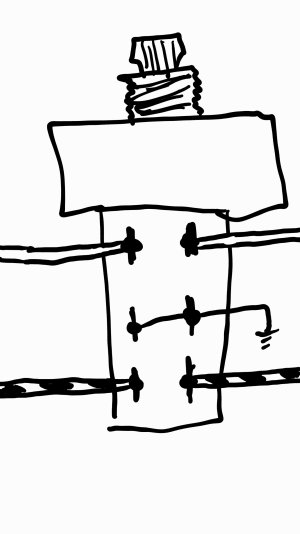Timmsie95
Hero Member
- Messages
- 890
so i'm ordering most of my stuff from the almighty Stewart Macdonald, and I found these beautiful push/pull's

So I'm going to use one as my master tone knob, to coil split both pickups.
The solder terminals are different, and this diagram shows how they relate:

I am using this diagram from Seymour Duncan:

So if I did it right... this should be the correct way to wire it, right?

Any help would be appreciated.

So I'm going to use one as my master tone knob, to coil split both pickups.
The solder terminals are different, and this diagram shows how they relate:

I am using this diagram from Seymour Duncan:

So if I did it right... this should be the correct way to wire it, right?

Any help would be appreciated.







